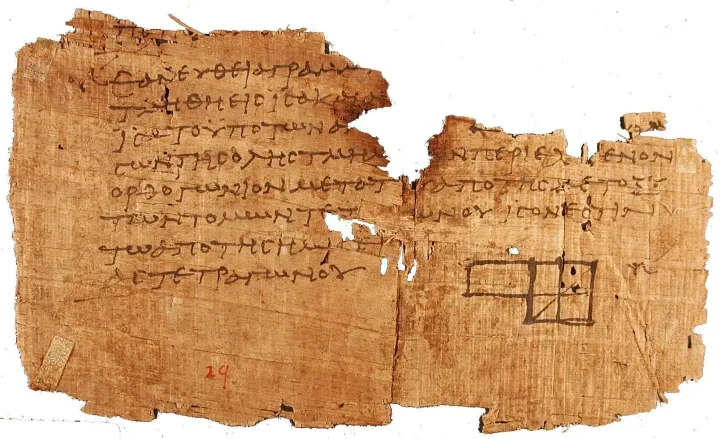Le Rêve
Mieux vaut tard que jamais

Le Rêve was originally composed in 2005. Having been convinced for some years that it was a piece for pipe organ, I recently figured out it is meant for piano.
The work is based on a melody which is derived formulaically; the rest of the piece is written around this constraint. With the exception of a handful of measures serving as contrasting material, the music consists of a single theme followed by repetitions and variations.
This approach to composition has a long history, having been practiced in various ways by many composers. Two of my favourite examples of such pieces are Elgar’s Enigma Variations and Duruflé’s Prélude et Fuge sur le nom d’Alain.
Listen on your favourite streaming service
Piano Score
How this piece was created
I composed this piece at the piano, later producing a score using LilyPond and Frescobaldi.
The recording uses the Vienna Imperial library, which features 1,200 recorded samples per key of a Bösendorfer Imperial 290-755 piano. The impulse response samples are of the Berliner Philharmonie Main Hall, recorded at 20 meters.
Cubase and Altiverb were used for sequencing and recording. My real-time performance is one continuous take, with minor edits (MIDI velocities) to several notes.
A Kawai CA49 digital piano was used as the MIDI controller, and Audio-Technica ATH-A900x headphones for monitoring.
Acknowledgement
I would like to thank my friend Ted—whom I have long counted a brother—whose ideas were invaluable while I was preparing this piece for publication and recording. His insights led me to transpose the piece to G minor (it was originally in D minor), as well as to consider a number of elements related to the printed score and musical interpretation.
Audio recording and score provided courtesy of Kermodexed Music, which is a registered trade name of Kermodexed LLC.



 Support Us
Support Us
Comments ()